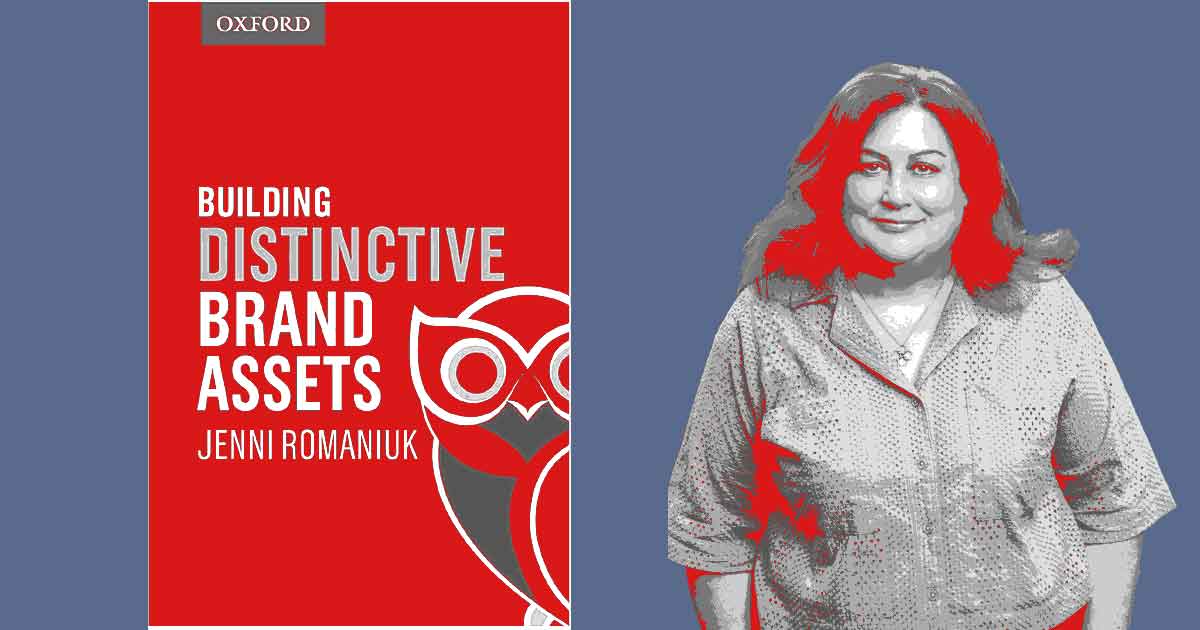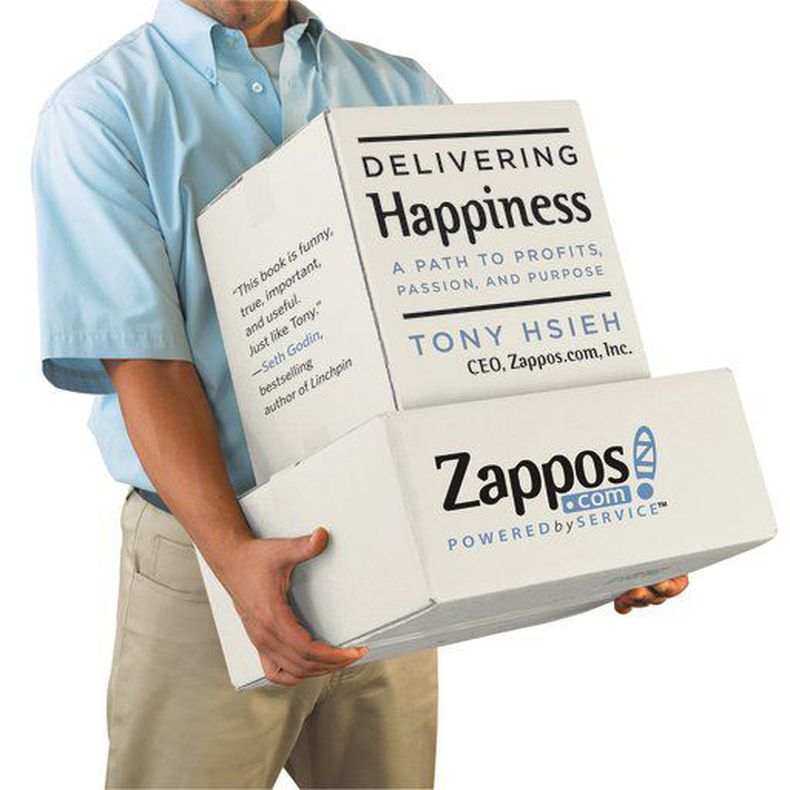
Building a Compelling Brand
In Singapore’s crowded marketplace, most businesses don’t suffer from bad marketing — they suffer from invisible brands. The problem isn’t that people dislike what you sell. It’s that they don’t think of you at all. A compelling brand fixes that. It makes buyers remember you, prefer you, and pay a premium for you. At Your Marketing Rules, we exist to beat luck — and branding is the foundation of that mission.
The branding problem in Singapore
Walk down any Singapore street and you’ll see it: a sea of same-sounding names, same muted colour palettes, same “innovative solutions for modern customers.” Too many SMEs treat branding as decoration rather than direction. A logo, a tagline, a quick Canva makeover — job done. But branding isn’t about how you look. It’s about how you’re remembered.
Whether you’re a law firm trying to signal trust, a wellness brand seeking emotional connection, or a startup raising capital, your brand is the multiplier of all your marketing. It’s what makes your Google Ads cheaper, your conversion rates higher, and your word-of-mouth stronger. Without it, every campaign starts from zero attention again.
What a brand really is (and what it isn’t)
A brand isn’t a logo, a colour, or a clever slogan. It’s a reputation system built over time. It’s the sum of everything people think and feel when they encounter your business — if they think of you at all. As Mark Ritson often says, “Branding is memory structure.” You’re not building decoration, you’re building mental availability.
In behavioural terms, your brand exists to simplify decisions. People are busy. They rely on shortcuts. Distinctive brands become the shortcut. When someone thinks “reliable gym,” “trusted lawyer,” or “relaxing wellness studio,” your name should be the first that fires in their brain. That’s brand power. That’s what drives growth in the long run.
Step 1: Define your purpose, values & personality
Every strong brand begins with meaning. Before you sketch a logo or pick a colour, answer one question: Why do we exist beyond profit? Your brand purpose anchors you. It makes you attractive to customers, employees, and partners alike.
For a gym, your purpose might be “helping busy professionals feel strong again.” For a law firm, “making complex legal matters human.” For a wellness brand, “building calm into city life.” These statements guide not just your marketing — but your behaviour.
Next come values. They’re your behavioural compass. Authenticity, discipline, transparency — whatever you choose, live them. Customers spot inconsistency a mile away. And finally, define your brand personality: are you the calm expert, the bold innovator, the cheeky disruptor? Personality is what makes your voice distinctive in a sea of sameness.
Step 2: Understand your audience & carve a clear niche
Branding starts with empathy. In Singapore, audiences are diverse — multilingual, multicultural, and hyper-connected. To build a brand that resonates, you need to understand the needs, pain points, and aspirations of the people you serve. Create real personas, not just demographics. Name them. Know what keeps them awake at night and what gets them excited in the morning.
For example, a boutique fitness studio may find that its ideal audience isn’t “women aged 25-40,” but “time-poor professionals who crave accountability.” A law firm may realise its audience values speed and clarity more than price. Once you know who matters most, you can decide where to focus — and where to politely ignore.
Brands that try to speak to everyone in Singapore’s saturated market end up speaking to no one. The riches, as they say, are in the niches.
Step 3: Create sharp positioning & a distinctive value proposition
Your brand positioning is the single sentence that defines how you’re perceived in the market. It answers: “Who are we for? What do we offer? Why are we better?” It’s deceptively simple but brutally difficult to get right.
Strong positioning sits at the intersection of customer insight, competitive reality, and company strength. For example:
- Startup: “The payroll app built for Singapore’s small teams — compliant, simple, human.”
- Law firm: “Your business-first legal partner — no jargon, just clarity.”
- Gym: “30-minute workouts engineered for results. No fluff. No excuses.”
Notice these are not slogans. They are strategic positions — clear, distinctive, and ownable. When your positioning is right, every piece of communication falls into place. When it’s wrong, every marketing dollar leaks meaning.
Step 4: Build a recognisable visual and verbal identity
Now comes what most businesses jump to first — visuals and tone. But because you’ve done the strategic groundwork, your identity will now have substance.
Visually, your identity is made up of colours, typography, logo, and imagery style. These become your distinctive assets. In the words of Byron Sharp, distinctiveness beats differentiation in driving recall. The goal is not to be prettier — it’s to be unmistakable. If someone covers your logo, they should still know it’s you.
For Your Marketing Rules, that means bold Barlow Condensed headings in all-caps, red (#D91818) confidence, and clarity balanced by navy (#586A8C) intelligence. For your brand, find your own distinctive markers and repeat them consistently.
Your verbal identity matters just as much. Define your tone of voice — are you analytical, witty, empathetic, or direct? Then codify it in a style guide. Consistency across website copy, social captions, sales decks, and even email signatures builds trust through repetition.
Step 5: Activate your brand across all touchpoints
Branding only works when it’s lived, not laminated. Activation is where you turn theory into behaviour. Every touchpoint — your website, social feed, Google Ad, sales call, even your invoice layout — communicates your brand. The goal is to make those moments feel coherent and intentional.
Some practical activation checks:
- Website: Does your homepage clearly express your positioning and personality? (See our CRO services to refine this.)
- Social media: Is your content consistently on-brand visually and tonally? Do your posts reinforce your expertise or just chase trends?
- Email marketing: Are your subject lines and CTAs consistent with your tone? (Explore our Email Marketing insights.)
- Offline experience: From gym signage to law-firm reception, does every detail align with your brand promise?
Activation is where most Singapore businesses stumble. They create nice guidelines but fail to operationalise them. Branding should guide how you hire, design, sell, and serve — not just how you post on Instagram.
Step 6: Align your people and culture with your brand
Brands don’t live in guidelines — they live in people. The most overlooked part of brand building is internal alignment. Every employee should understand what the brand stands for and how to deliver it daily.
For startups, this means embedding brand values into onboarding. For law firms, aligning partners on tone and service experience. For gyms and wellness studios, training front-of-house teams to embody the vibe you sell online. Your people are your most powerful brand asset — or your biggest brand liability.
At Your Marketing Rules, we often run internal brand workshops for clients as part of our Marketing Consultancy programmes. It’s remarkable how quickly teams become cohesive once they share the same story and vocabulary.
Sector insights — Building brands that fit Singapore’s reality
Singapore’s market has unique dynamics — high competition, high expectations, and limited attention spans. Here’s how branding plays out across five key sectors we often work with:
Startups
In a city-state built on innovation, startup branding is about balancing agility with authority. Investors back founders who look like they’ll last. Avoid the “cool logo, no clarity” trap. Instead, craft a credible brand that communicates both vision and viability.
SMEs
Most SMEs underestimate their brand’s commercial power. A well-defined brand can command higher margins and attract better talent. Think of branding as your silent salesperson — working even when you’re not.
Law Firms
For law firms, branding isn’t about gimmicks — it’s about trust and expertise. But that doesn’t mean boring. Singapore’s next-generation clients expect professionalism wrapped in humanity. Ditch the Latin, embrace clarity, and let design reflect modern credibility.
Wellness Brands
Wellness is booming, but sameness is rampant. Every brand promises balance, self-care, and transformation. Stand out by grounding your message in a specific philosophy — maybe evidence-based recovery, maybe local traditions like kopi and mindfulness — and by creating consistent, calming brand experiences across online and offline touchpoints.
Gyms & Fitness Studios
Competition here is brutal. Price wars erode trust. Brand building becomes your moat. The most successful gyms in Singapore are those that own a tribe: F45’s global consistency, Ritual’s convenience ethos, or boutique studios that make you feel seen. A strong brand creates belonging — and belonging drives retention.
Whatever your sector, remember: Singaporeans are sophisticated consumers. They recognise effort and consistency. They reward brands that act, not just advertise.
Measuring brand success
Branding isn’t fluffy; it’s measurable. Look for leading and lagging indicators:
- Awareness: Are more people searching your brand name on Google?
- Consideration: Are you seeing higher engagement, longer dwell times, more branded clicks?
- Preference: Are customers choosing you over cheaper alternatives?
- Advocacy: Are they referring you, reviewing you, and tagging you online?
Combine this with internal metrics — staff pride, recruitment quality, brand consistency audits. At Your Marketing Rules, we often integrate this thinking through our Behavioural Science framework: measuring not just what people say, but what they actually do. Because behaviour, not belief, reveals brand strength.
Remember Les Binet’s rule: brand building drives long-term growth; performance marketing drives short-term sales. You need both, but the brand is the multiplier that makes every click cheaper and every sale easier.
Conclusion: Brand as your competitive advantage
Building a compelling brand isn’t an indulgence — it’s an investment in clarity, consistency, and commercial power. Singapore’s most successful businesses — from boutique gyms to established law practices — understand this. They don’t leave their brand to chance; they build it deliberately.
If your brand feels scattered, it’s time to get strategic. Start with a clear positioning. Layer on distinctive design. Align your people. Then activate relentlessly. That’s how you move from being an option to being the obvious choice.
At Your Marketing Rules, we help ambitious Singapore businesses bring order to their marketing — turning scattered activity into structured growth. Ready to see what that looks like for your brand?
Topics covered
Latest articles
December 20, 2025
December 20, 2025
December 20, 2025
Written by : Mark Rowland
Mark's been working in and interested in all things marketing since 2010.











